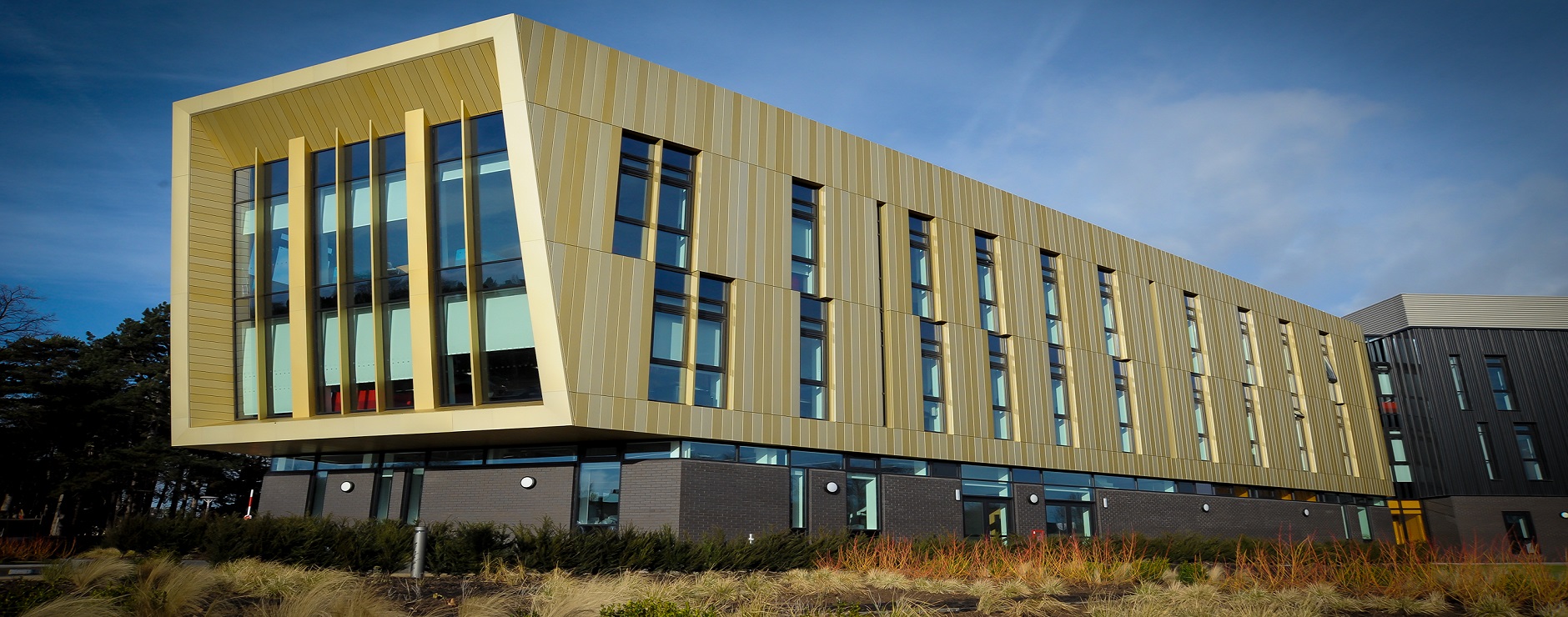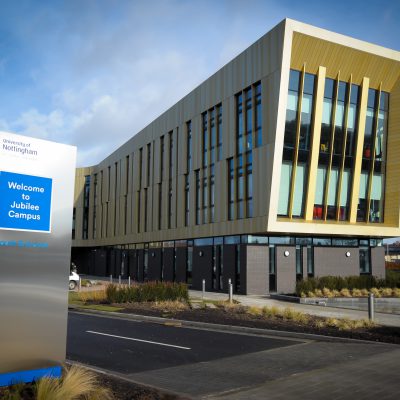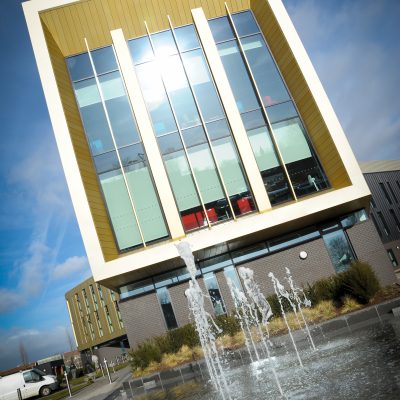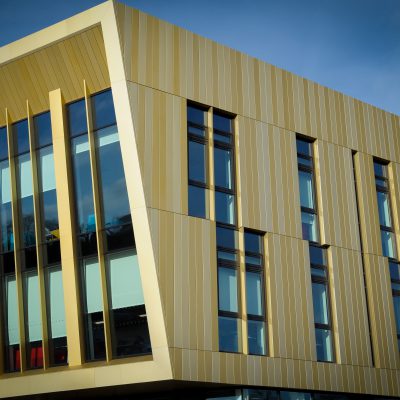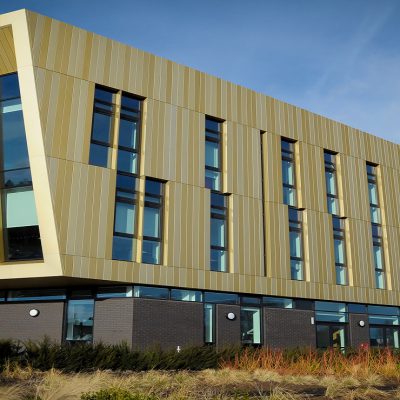The pioneering Advanced Manufacturing Building for the University of Nottingham, will help to shape the future of the UK manufacturing sector.
The new building is an expansion of the University’s Faculty of Engineering, creating teaching spaces, laboratories, modern workshops and offices for research activities, including nano-scale production, robotics and large-scale aerospace demonstrator components. The new landmark building will have the capacity to house 699 staff, students and researchers, helping to train and provide the next generation of industry professionals.
Key Data
Architect:
Bond Bryan Architects
Client:
University of Nottingham
Main Contractor:
GF Tomlinson
Engineer:
Arup
Installer:
Metclad Contractors
Steel Framing Systems Supplier:
EOS
Materials / Type of System:
Stud & Track
DESIGN AND MANUFACTURE
Built on a former brownfield site, the state-of-the-art 9,011 m2 training and research facility, is located within the University’s Jubilee Campus. The project has been part funded with £5 million from D2N2 Local Enterprise Partnership and a £1 million contribution from the Wolfson Foundation to provide a state-of-the-art clean room for the investigation of 3D printed pharmaceutical devices.
The building adopts low-energy design techniques to create a sustainable solution without compromising the need for an adaptable and pleasant working environment. Low-energy design features include louvers for ventilation, light shelves that allow natural illumination into the building, photovoltaic cells and high-performance insulation for heat and sound.
To create the high performance external envelope, EOS completed the design, engineering, manufacturing and supply of the infill walling Steel Framing System (SFS).
By adopting Design for Manufacture and Assembly (DfMA) principles, a customised design improved application efficiency. In line with the sustainability ethos of Nottingham University, DfMA helped to identity, calculate and eliminate waste or inefficiency in the building structure design. EOS have devised innovative processes to support and quantify design decisions, to ensure that DfMA is cohesive to every opportunity during the design and development path. These processes include BIM technology, which controls the detail of the manufacturing process to enable the design brief to be tested and the proposed construction solution to be changed at minimum cost.
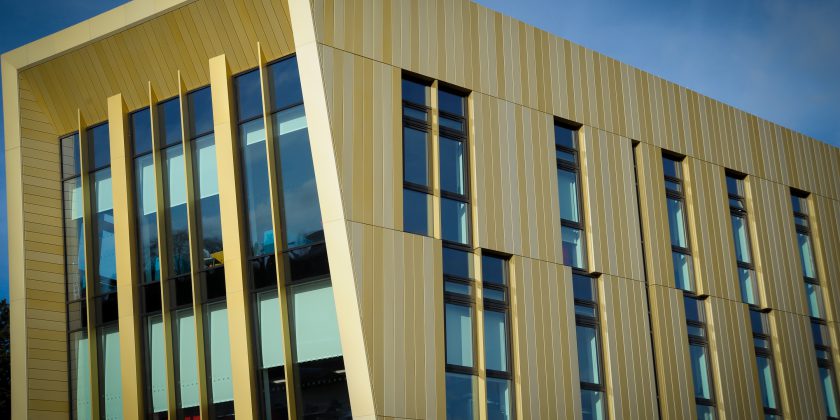
The level of detail involved in DfMA can be altered according to the project requirements. By manufacturing offsite, EOS were able to develop as much of the finished product as possible in the factory – ultimately minimising on site labour.
Working with their client, installer Metclad Contractors, EOS provided a high level of support, from the early design stages, right through to the installation. The team at EOS are well known for building excellent working relationships based on customer needs. Through collaborative working and by forming strategic alliances, EOS provide specialist services to businesses, large and small, including some of the most prominent companies in construction.
